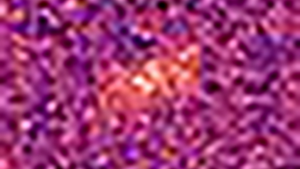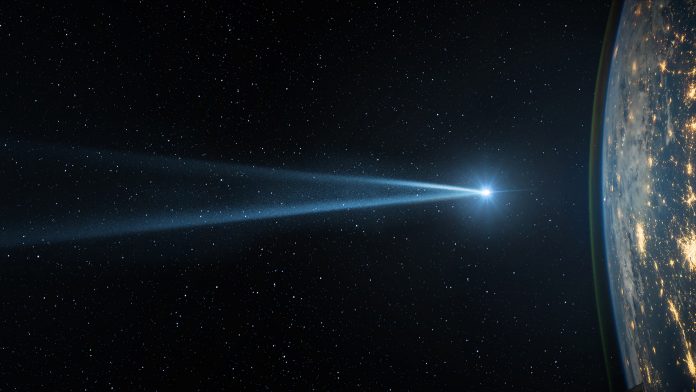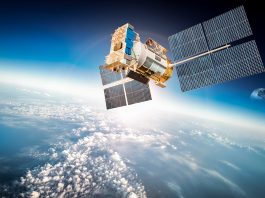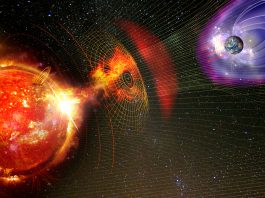Researchers at Northwestern University and Tsinghua University have adapted a computer-vision algorithm to improve blur removal of astronomical images.
Earth’s atmosphere blurs images obtained even by the world’s best ground-based telescopes due to shifting pockets of air. Although the blur seems harmless, it obscures the shapes of objects in astronomical images, which can lead to error-filled physical measurements that are essential for understanding the nature of our Universe. To overcome this, researchers at Northwestern University and Tsinghua University have adapted a well-known computer-vision algorithm used for sharpening photos, and applied it to astronomical images from ground-based telescopes for the first time.
The AI algorithm was also trained on data simulated to match the Vera C Rubin Observatory’s imaging parameters, so the tool will be instantly compatible when the observatory opens next year.
The adapted computer-vision algorithm works much faster than the currently used technologies and produces more realistic images.
“Photography’s goal is often to get a pretty, nice-looking image,” said Northwestern’s Emma Alexander, the study’s senior author. “But astronomical images are used for science. By cleaning up images in the right way, we can get more accurate data. The algorithm removes the atmosphere computationally, enabling physicists to obtain better scientific measurements. At the end of the day, the images do look better as well.”
The research, ‘Galaxy image deconvolution for weak gravitational lensing with unrolled plug-and-play ADMM,’ is published in the Monthly Notices of the Royal Astronomical Society.
Why does Earth’s atmosphere distort astronomical images?
The light emanating from distant stars, planets, and galaxies travels through Earth’s atmosphere before it hits our eyes. The atmosphere blocks certain wavelengths of light and even distorts light before it can reach Earth. Clear night skies also affect light passing through it. That is why the best ground-based telescopes are located at high altitudes where the atmosphere is the thinnest.
“It’s a bit like looking up from the bottom of a swimming pool,” Alexander said. “The water pushes light around and distorts it. The atmosphere is, of course, much less dense, but it’s a similar concept.”
The blur can affect the ability to extract cosmological data
By studying the shape of galaxies, scientists can detect the gravitational effects of large-scale cosmological structures, which bend light on its way to our planet. This can cause an elliptical galaxy to appear rounder or more stretched than it really is. The atmospheric blur can warp the galaxy’s shape. Thus, removing the blur allows scientists to collect accurate shape data.

“Slight differences in shape can tell us about gravity in the Universe,” Alexander said. “These differences are already difficult to detect. If you look at an image from a ground-based telescope, a shape might be warped. It’s hard to know if that’s because of a gravitational effect or the atmosphere.”
A computer-vision algorithm was used to tackle this challenge
Alexander and Tianao Li, an undergraduate in electrical engineering at Tsinghua University and a research intern in Alexander’s lab, combined an optimisation computer-vision algorithm with a deep-learning network trained on astronomical images. Among the images, the team simulated data that matches the Rubin Observatory’s expected imaging parameters. The resulting algorithm produced images with 38.6% less error compared to classic methods for removing blur and 7.4% less error compared to modern methods.
When the Rubin Observatory opens next year, its telescopes will start a deep survey across a large portion of the sky. Because the researchers trained the computer-vision algorithm on data specifically designed to simulate Rubin’s upcoming images, it will be able to help analyse the survey’s highly anticipated data.
For astronomers interested in using the tool, the user-friendly code and accompanying tutorials are available online.
“Now we pass off this tool, putting it into the hands of astronomy experts,” Alexander said. “We think this could be a valuable resource for sky surveys to obtain the most realistic data possible.”









